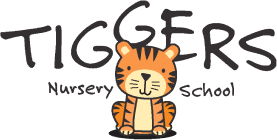
Curriculum
“Childhood is not a race to see how quickly a child can read, write and count. Childhood is a small window of time to learn and develop at the pace which is right for each individual child”
– Magda Gerber
EYFS Framework
Our aim is that each child must be given the opportunity to develop their abilities at their own pace with the guidance of the teachers but without pressure and without comparison to others. Learning is achieved primarily through practical demonstration so, using Montessori based equipment, we plan activities to stimulate your child’s imagination and capture his or her attention.
We use a multi-sensory approach to reading and writing to encourage memory of letters, numbers through their sounds as well as sight. The children are introduced to equipment which encourages concentration skills and develops their ability to manipulate numbers (including understanding of numbers, measurement, pattern, shape and space) and work with language materials (including reading, writing, singing and talking) developing pencil control and recognition of letters and words through repetition. Your child will develop a sense of self-confidence and satisfaction with work well done. In time we hope that his or her concentration span will increase and the desire to learn with grow.
Seven Areas of Learning
We use these to help with our planning, and we select various parts from each category on a weekly basis. Each area consists of many aspects, but we have condensed the main points into a brief summary, so that you have an idea of what is meant by each sub-heading.

Communication & Language Literacy
Is able to enjoy listening to and using spoken and written language, and readily turns it into play. Explores and experiments with sounds, words and texts. Listens with enjoyment and responds to stories, songs, music, rhymes and poems and makes up his, or her own. Interacts with others and extends his/her vocabulary. Explores the meaning of sounds of new words and is able to link sounds to letters.

Personal, Social and Emotional Development
Becomes confident, secure and motivated to learn, and develops an awareness of their own needs and feelings as well as others. Is able to work in a group, take turns and share. Understands codes of behaviours when playing with other children and adults and acknowledges what is right, what is wrong and why
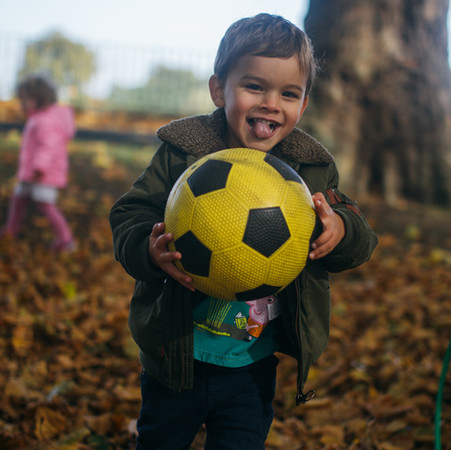
Physical Development
Is able to move with confidence, control and co-ordination. Shows awareness of space of themselves and others. Recognises the importance of keeping healthy. Is able to use a range of small and large equipment. Is able to travel around, under, over and through obstacles, and can use balancing and climbing equipment. Handles tools, objects, construction and malleable materials safely and with increasing control
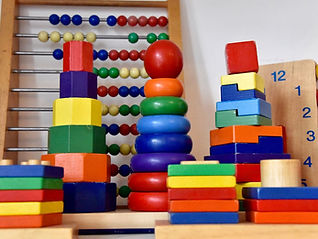
Problem Solving Reasoning and Numeracy
Can count up to ten everyday objects. Recognises numbers 1-10 and is able to use language such as more or less, greater or smaller, heavier or lighter in order to compare quantities. Is able to find one more, or one less than a number from 1-10. Can begin to relate addition to combining two groups of objects and subtraction to taking away. Recognises 2d shapes and is introduced to new mathematical language.
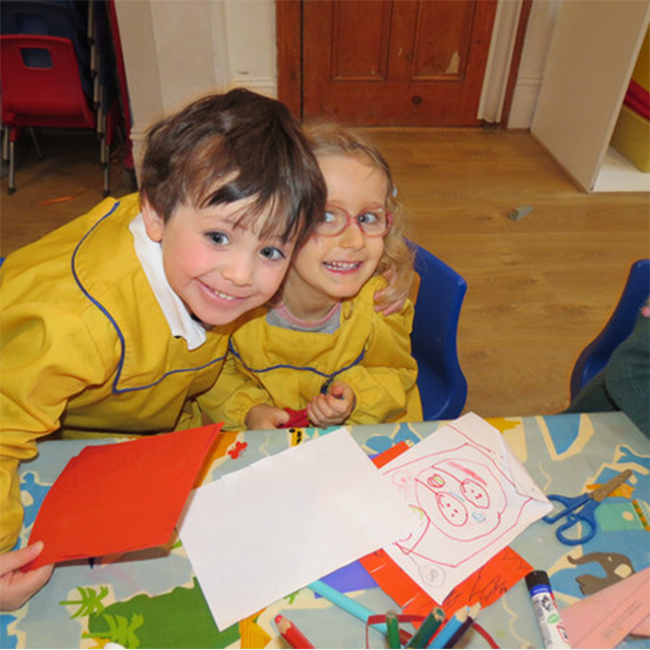
Literacy
Writes his/her own name and other things such as labels and begins to form simple sentences. Is able to use a pencil and hold it effectively to form recognisable letters, most of which are correctly formed.
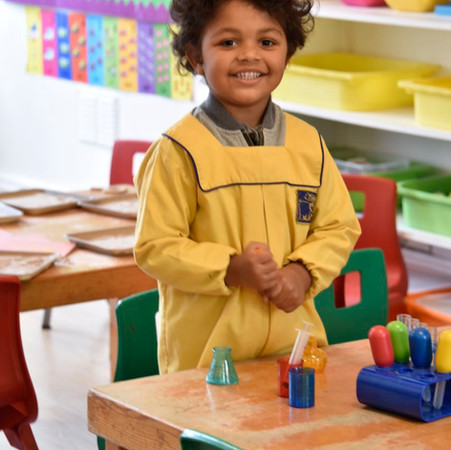
Knowledge and Understanding of the World
Finds out about and identify some features of living things, objects and events he/she has observes. Looks closely at similarities, differences, patterns and change. Asks questions about why things happen and how things work. Is able to build and construct with a wide range of objects. Finds out about past and present events in his/her lives, and in those of other people she/he knows. Begins to know about his/her environment, and talks about those features she/he likes and dislikes and understands about different cultures and beliefs.
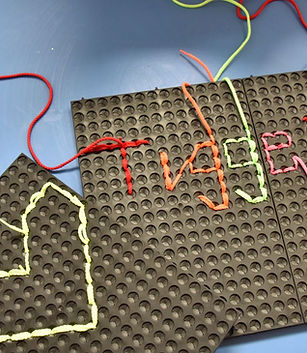
Expressive Arts & Design
Is able to explore colour, textures and shapes. Responds in a variety of ways to what he/she sees, hears, smells, touches and feels. Uses his/her imagination in art and design, music, dance and role play. Expresses and communicates his/her ideas, thoughts and feelings by using a widening range of materials, suitable tools, imaginative and role play, movement, designing and making, and variety of songs and musical instruments.
